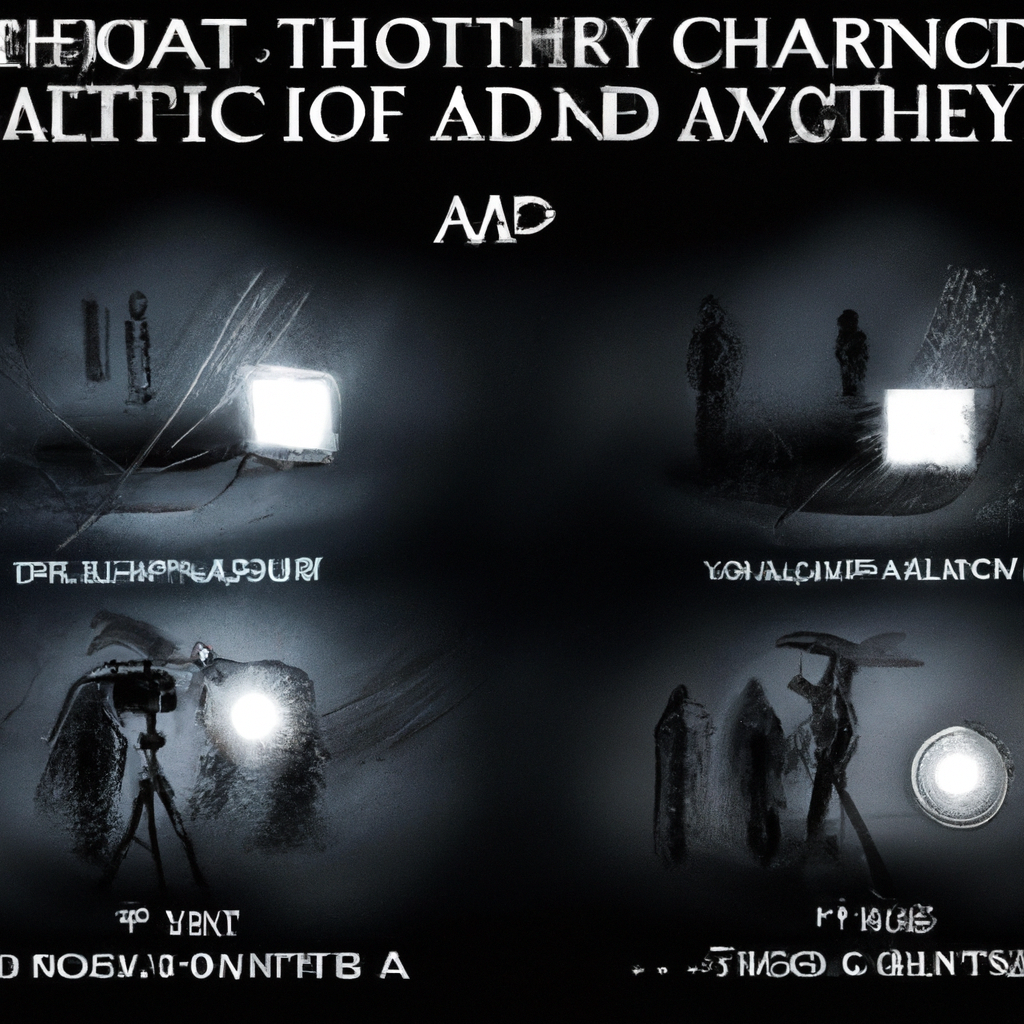
The Art of Cinematography: How Lighting and Camera Techniques Shape the Story
The Art of Cinematography: How Lighting and Camera Techniques Shape the Story
Do you ever find yourself captivated by the visual storytelling in your favorite movies? The way the lighting sets the mood, the camera angles create tension, and the composition frames the narrative? If so, you’re experiencing the magic of cinematography. In this article, we’ll dive into the art of cinematography and explore how lighting and camera techniques shape the story.
What is Cinematography?
Before we delve into the impact of lighting and camera techniques, let’s define what cinematography is. Cinematography is the art and science of capturing and manipulating visuals on film or digital media. It involves various elements, including camera choice, lens selection, framing, lighting, and movement. Cinematographers play a vital role in visually translating the director’s vision onto the screen.
The Role of Lighting
Lighting is one of the most powerful tools in a cinematographer’s arsenal. It can evoke emotions, create atmosphere, and enhance the narrative. Here are a few key lighting techniques that shape the story:
- High Key Lighting: This technique uses bright and even lighting to create a sense of optimism or joy. It is often employed in comedies or lighthearted scenes.
- Low Key Lighting: In contrast to high key lighting, low key lighting uses shadows and darker tones to evoke a sense of mystery, suspense, or even danger. It is commonly seen in film noir or horror movies.
- Silhouette: Silhouettes can be used to hide details and create a sense of intrigue. By backlighting the subject, the cinematographer can create a striking visual that piques the viewer’s curiosity.
These lighting techniques, along with many others, help cinematographers establish the tone and atmosphere of a scene, ultimately shaping the story being portrayed.
The Power of Camera Techniques
Camera techniques, such as framing, movement, and perspective, also play a significant role in storytelling. Let’s explore a few of these techniques:
- Dutch Angle: Tilting the camera at a diagonal angle can create a sense of unease or disorientation, perfect for conveying tension or chaos.
- Tracking Shot: Also known as a dolly shot, this technique involves moving the camera along a track, following the subject’s movement. It adds a dynamic and immersive quality to a scene, making the viewer feel as if they are part of the action.
- Extreme Close-up: By zooming in on a specific detail or facial expression, cinematographers can intensify emotions, provide insight into a character’s mindset, or emphasize the significance of an object.
These camera techniques, when used thoughtfully, can enhance the narrative and draw the viewer deeper into the story.
Bringing It All Together
Great cinematography is about the seamless integration of lighting and camera techniques to serve the story. A skilled cinematographer considers the director’s vision, the tone of the scene, character development, and overall storytelling objectives when making creative choices.
By manipulating lighting and utilizing different camera techniques, cinematographers have the power to transform a simple script into a visually stunning and emotionally engaging cinematic experience.
So, the next time you watch a movie, pay attention to the art of cinematography. Notice how lighting sets the mood and how camera techniques guide your emotions. You’ll develop a deeper appreciation for this incredible craft that helps shape the stories we love.
If you’d like to see a fantastic example of how cinematography influences storytelling, check out this YouTube video that breaks down the iconic “Goodfellas” tracking shot.
Remember, cinematography is not just about capturing pretty pictures—it’s about enhancing the narrative and immersing the viewer in a world of visual storytelling.